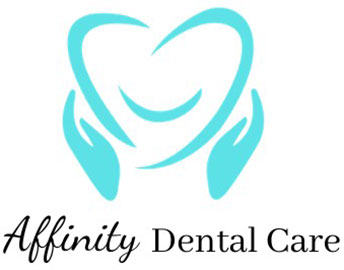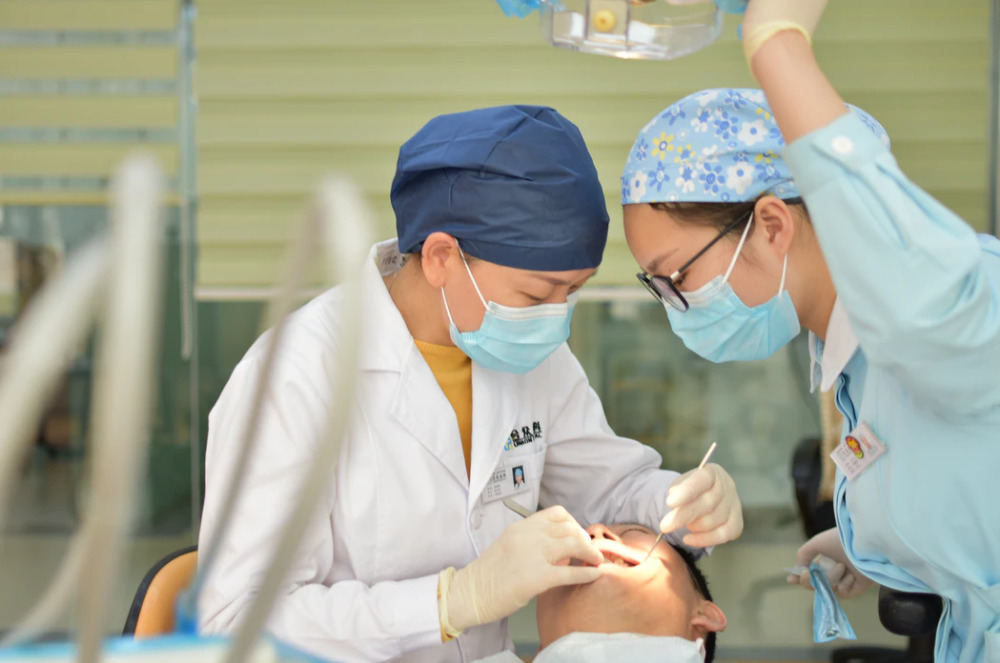A medical emergency can happen, usually when least expected, in a dental clinic during treatment. Approximately 90% of the crises were mild, but 8% were more serious. Only 35% of the patient who had medical emergencies were known to have some underlying disease, while only 33% of those patients were found to have a cardiovascular disorder. In other words, medical emergencies can arise in any person who has no alarming medical conditions during routine dental treatment.
The most common medical emergencies to occur in a dental office:
- Vasovagal syncope (faint)
- Hyperventilation due to panic attack
- Acute asthma attack
- Angina/myocardial infarction
- Epileptic seizures
- Diabetic emergencies – likely low blood sugar level
- Allergies/hypersensitivity reactions
- Choking and aspiration
- Adrenal insufficiency
- Cardiac arrest
Medical emergencies were most likely to occur during and after local anesthesia, primarily during complicated tooth extraction and prolonged root canal treatment that required multiple local anesthetic injections to remove the pain. Among the different emergencies, over 60% were syncope, with low blood sugar level the next most frequent at 44%, followed by mild allergic reaction at 8.8% and ingestion of foreign bodies at 4.1%.
This blog focuses on the prevention of medical emergencies from happening during a dental or surgical procedure.
To mitigate the frequency and severity of medical emergencies in dental offices, the patients can play an essential role by telling the dentists all their past medical history, including health conditions, hospitalization and surgeries. The medications they are taking and their dosages can also give the treating dentist an idea about the severity of the medical conditions.
The patients need to disclose the history of medical emergencies during their previous dental treatments, anxiety and reactions, a dental experience like painful TMJs after a lengthy procedure, and difficulty in having good freezing from the local anesthesia in their previous treatments.
Dentists and their team should be skilful in picking out the predisposing medical conditions when reviewing medical and dental history. The medical and dental questionnaire forms should be simple for the patient to complete, yet inducive of any pertinent medical and dental information to screen potential medical complications. The medical and dental history takings are crucial to screen out the patients who are prone to having medical complications during dental treatments. The vital signs of all patients should be noted and taken. Patients of high risk should have a medical consultation with their physicians and medical specialists before extensive dental treatments.
Proper treatment planning can help to minimize the risk of eliciting medical issues. The planning involves looking for alternative procedures like extractions instead of root canal therapy, using silver diamine on the cavities instead of fillings, placing a fixed bridge instead of an implant to replace a missing tooth.
When it comes to local anesthetics, the dentist can choose those without epinephrine to minimize the cardiovascular workload.
The dentist can break a long appointment into two shorter appointments, and sedation can be a helpful adjunct for some instances.
The treating dentist and the team should be well prepared to deal with medical emergencies when they happen. Everyone in the office should be trained and certified in doing CPR. The recognition of the symptoms is essential because if the symptoms are not recognized early on, the medical condition can spiral down quickly if not appropriately managed early on.
The components of a sound medical emergency plan for the dental office should include:
- Medical emergency prevention
- Development of an action plan
- Recognizing a patient’s distress and management of medical emergencies
- Emergency drugs and equipment
During the dental procedure, the vital signs are checked periodically with a machine. The patient is asked regularly about the feeling to make sure they are in good condition.
A thorough pre-operative discussion with the patient can reduce the anxiety by answering questions the patient may have about the procedures, pain during and after the process, expectations etc. Showing empathy and care to the patient can calm the patient down. The more detail the dental team has, the better and more effective a plan of action can be
There are some other techniques that the office and the patient can do to alleviate anxiety include:
- Deep breathing during times of particular stress.
- Distraction through music, podcasts or video.
- Discuss medication and sedation options that might be right for you.
- Establish control through hand signals so your dentist knows when to stop.
- If sedation is not used, advise patients, especially those who are anxious, to eat before treatment to maintain a stable blood glucose level during stressful treatment.
- Recline the patient in a supine or semi-supine position for treatment.




